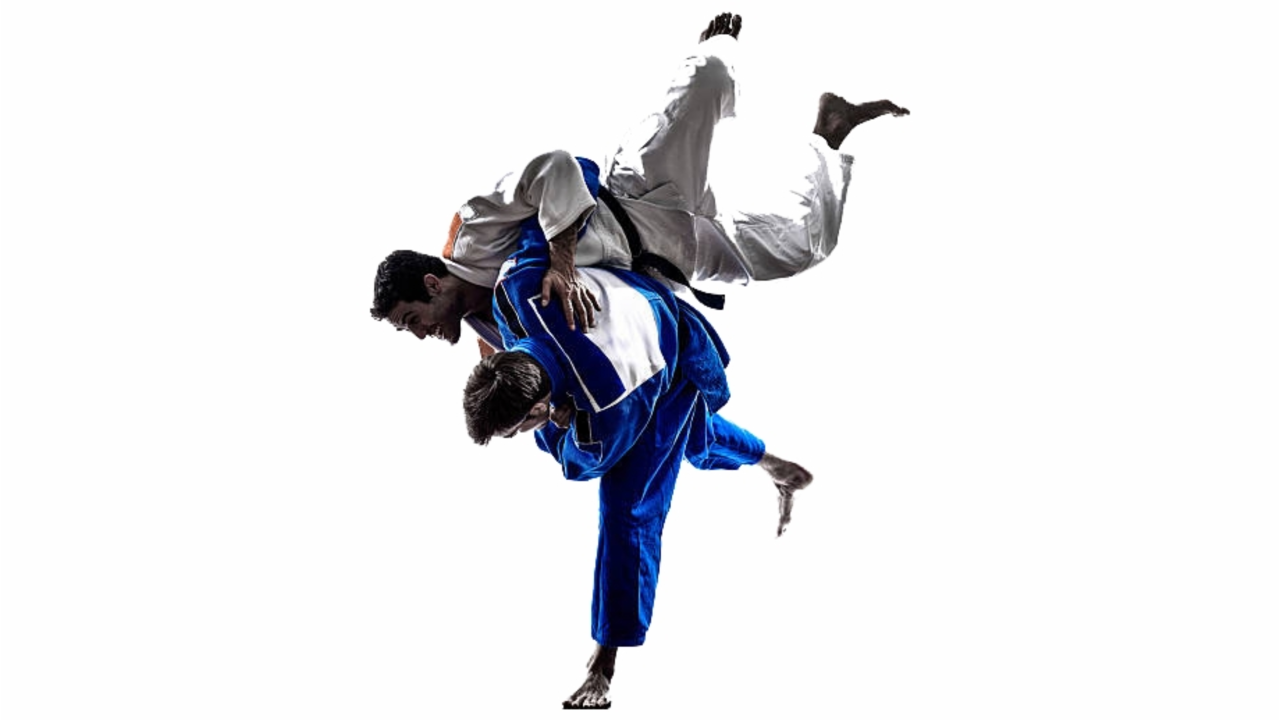Martial Arts Attire
When talking about martial arts attire, the clothing and gear that practitioners wear during training and competition. Also known as training uniform, it balances protection, mobility, and tradition, shaping how you move on the mat.
One of the most recognizable pieces is the judo gi, a heavy cotton jacket and trousers designed for gripping and throws. Its thick weave lets you seize the fabric without tearing, while the reinforced lapel supports the classic ippon seoi-nage. The gi also doubles as a ranking indicator – the belt color tells everyone your experience level.
Another staple is the karate gi, often lighter than a judo gi but still sturdy enough for kata and kumite. Karate uniforms focus on flexibility and breathability, allowing swift kicks and punches. The cut is looser around the hips, giving room for high kicks, and the belt (obi) serves the same rank‑signaling purpose as in judo.
For striking arts like taekwondo, the dobok provides a different feel. Made from thin, durable fabric, it moves with rapid footwork and high kicks. The V‑shaped collar and elastic cuffs keep the uniform in place during fast spins, while the belt hierarchy mirrors that of other disciplines.
These three garments share common attributes: durability, fit, and a symbolism that goes beyond the fabric. Durability ensures safety during throws, joint locks, and high‑impact strikes. Fit affects balance – a loose jacket can be a liability, while a tight one may restrict movement. Symbolism ties the practitioner to a lineage of masters, reinforcing respect and discipline.
Beyond the main uniform, accessories like belts, rash guards, and protective pads play supporting roles. A belt indicates rank, but also keeps the jacket closed during intense grappling. Rash guards under the gi reduce skin abrasions and improve hygiene. Mouth guards, shin guards, and gloves add layers of safety, especially in mixed‑style sparring.
Choosing the right attire depends on your goals. If you aim to compete in judo, a heavyweight gi with a reinforced collar is essential. For karate tournaments, a lighter gi that meets the federation's weight limits will keep you agile. When training in a mixed‑arts gym, you might need a breathable rash guard beneath a sturdy gi to handle both throws and strikes.Understanding these nuances helps you avoid common pitfalls – like buying a cheap, thin gi that tears during a throw, or a karate gi that’s too tight for high kicks. It also prepares you for the etiquette of each art: bowing to the uniform, respecting the belt colors, and maintaining clean, well‑kept gear.
Below you’ll find a collection of posts that dive deeper into the worlds of judo, karate, and other martial arts. From debates about the most effective styles to safety tips on submissions, each article builds on the foundation laid by the right attire. Keep reading to see how the right gear can boost your performance, confidence, and respect on the mat.
Are you allowed to wear a black gi in judo?
Well, folks, grab your black gis and prepare for a surprise! Turns out, you can't actually sport a black gi in judo, as much as it might make you feel like Batman. The traditional judo uniforms are strictly white or blue - no room for any rogue ninjas, unfortunately! So, as much as we'd love to add a dash of midnight mystery to our judo practice, we'll have to stick to the dress code. Better luck next time, dark knight enthusiasts!
